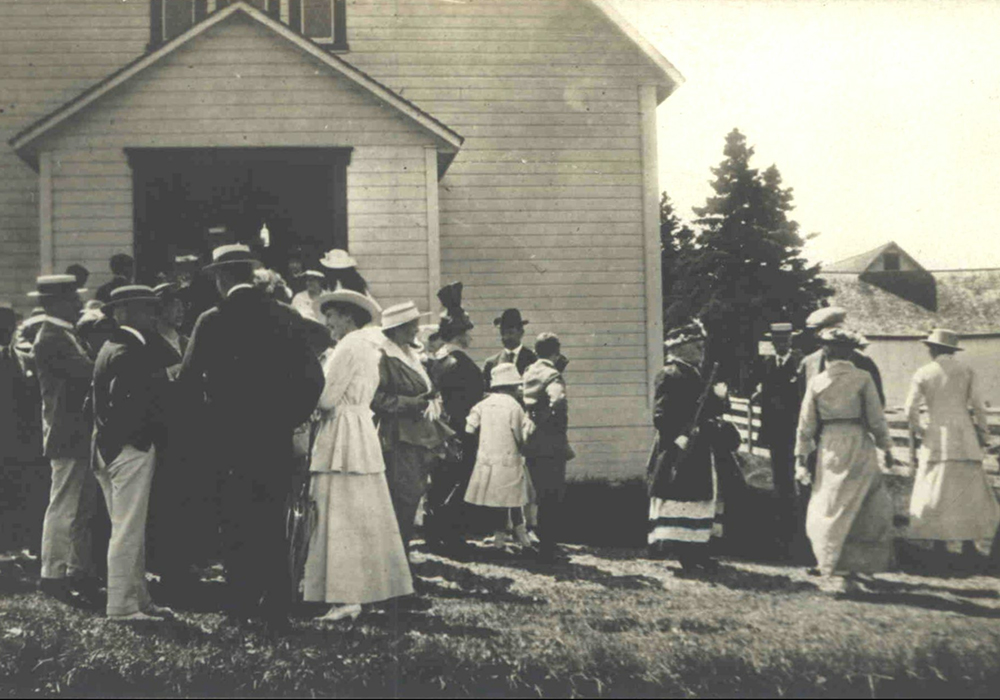
The Inland Tlingit are descendants of the Coastal Tlingit who migrated into the Yukon Territory, Canada, from what is now Southeast Alaska. Their entry to the interior via the Taku River to Atlin, British Columbia, then overland to Teslin, came during the 19th century.
This exhibit features Teslin Tlingit life and culture from the first half of the 20th century. Much of it is seen through the camera lens of George Johnston, for whom the Teslin museum is named, and anthropologist Catharine McClellan. Their images record the seasonal activities of people hunting, fishing, preparing hides, building pelt stretchers, and participating in community gatherings.
The Tlingit were swift to incorporate the technology of European settlers. George Johnston was a leading light in this regard, being the first to bring an automobile into the area, even though there were no roads to accommodate it. As an avid photographer, he documented the 1928 Chevrolet’s incorporation into community life. For example, he would drive it onto the frozen Teslin Lake to find choice ice fishing spots; the car would then double as an ice hut.
George’s objective was to capture day-to-day activities. Acting on impulse, he would stop people at their work or rush off to photograph something he’d heard was happening about town. In this way, he captured the mood of his people at a time when tradition and innovation worked hand in hand.
Much of Tlingit life changed with the construction of the Alaska Highway in 1942, but community memory still remains strong through artifacts, recollections, and photographic images.

